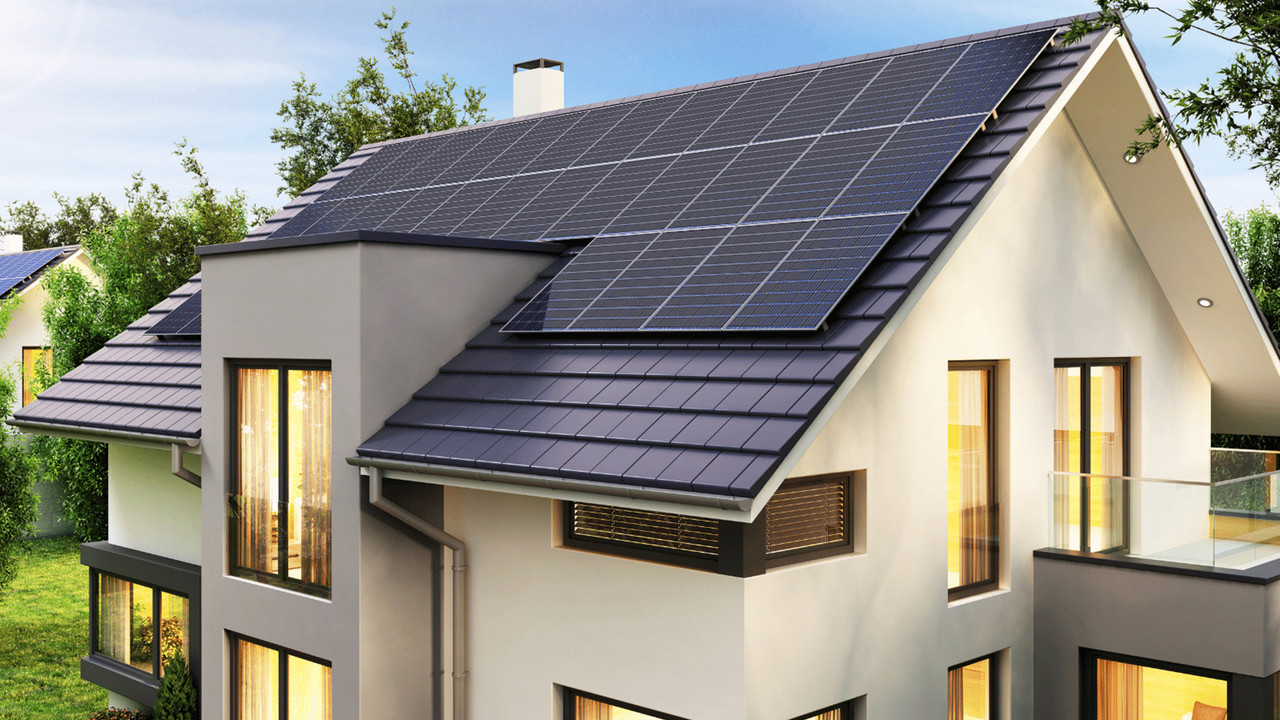How Many Solar Panels Do I Need?
Determining how many solar panels you need is a crucial step in planning your solar power system. Whether you're looking to power your entire home, a cabin off-the-grid, or an RV for camping trips, getting the right number of solar panels is essential. With too few, you won't produce enough electricity. With too many, you'll waste money on unnecessary panels. The "how many solar panels do I need" question requires carefully considering your energy consumption, solar panel wattage ratings, local sunshine levels, and other factors. This guide will walk you through the process of calculating an accurate solar panel count tailored to your specific energy needs and site conditions. By the end, you'll know precisely how many solar panels your project requires to meet your power goals reliably and cost-effectively.
How to Calculate How Many Solar Panels You Need
Determining the ideal number of solar panels for your home involves considering your annual energy consumption and the expected output of the solar panels based on your location. Here's how to calculate your solar panel needs:
Step 1: Find Your Annual Energy Consumption
Check your utility bills to find your household's annual energy usage in kilowatt-hours (kWh). This information is typically listed as "kWh used" over a 12-month period.
Step 2: Identify Your Local Production Ratio
The production ratio accounts for the average peak sunlight hours in your geographic area, affecting solar panel output. This ratio ranges from around 1.3 in northeastern U.S. regions to 1.6 in sunnier southwestern areas.
Step 3: Choose Your Solar Panel Wattage
Residential solar panels typically range from 250W to 400W, with 320W or 350W being common options. Higher wattage equates to greater energy production per panel.
Step 4: Use This Formula
Annual kWh Consumption / Production Ratio / Solar Panel Wattage = Number of Panels Needed
Example: If your consumption is 12,800 kWh, production ratio is 1.6, and you choose 320W panels: 12,800 kWh / 1.6 / 320W = 25 solar panels needed
Step 5: Calculate Square Footage
The average residential solar panel is around 17.5 square feet. Multiply the number of panels by 17.5 to estimate the total roof area required.
If you're unsure of your home's energy usage or production ratio, use the U.S. averages of 10,632 kWh consumption, 4 peak sun hours, and 350W panels to get a baseline estimate.
Online solar calculators can also help refine your solar panel needs based on your address and system preferences. Proper sizing ensures your solar installation meets your energy demands efficiently.
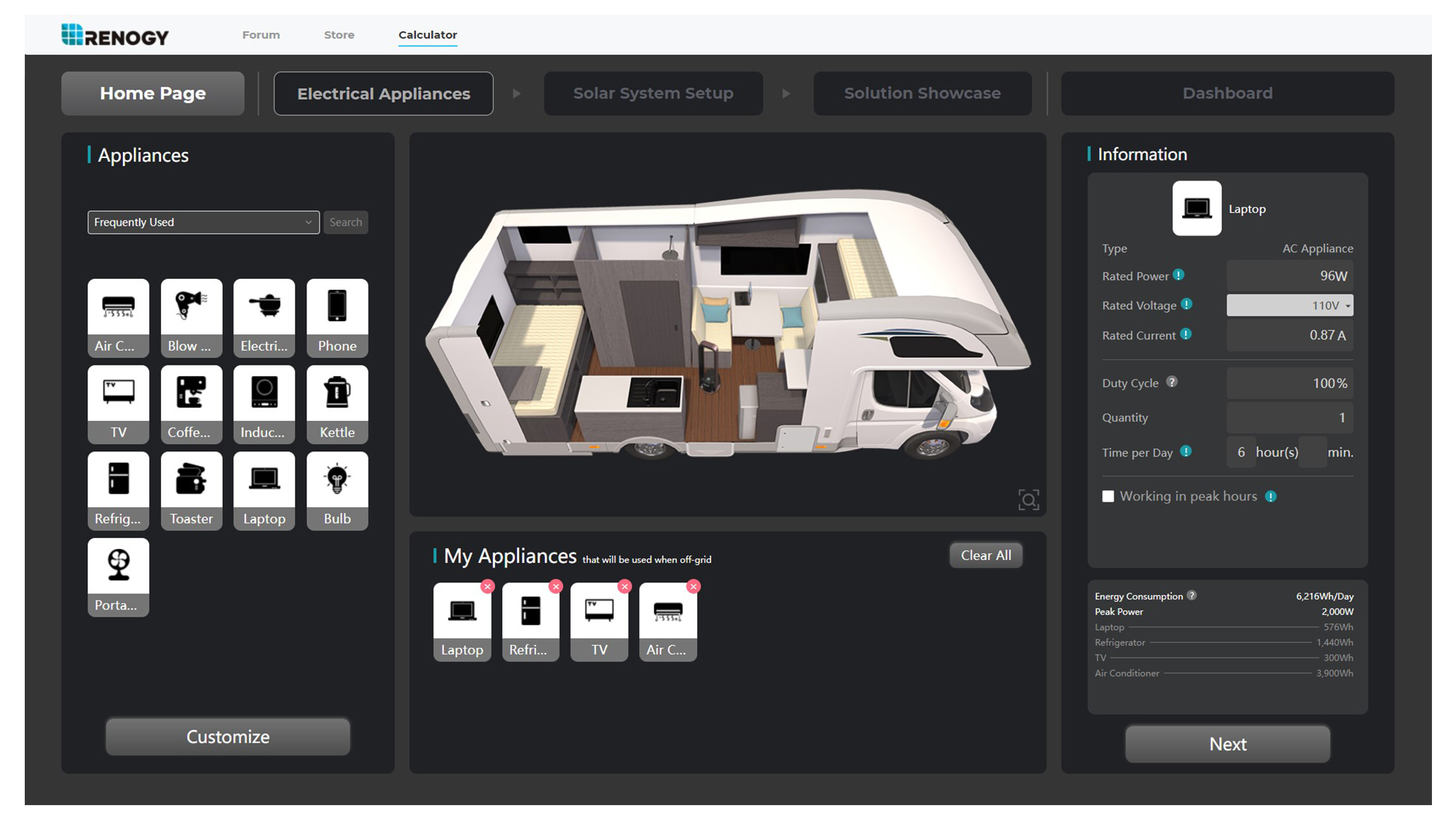
Main Considerations to Determine How Much Solar You Need
When sizing a solar panel system for your home, several key factors influence the number of solar panels required to meet your energy demands effectively. Here are the main considerations:
Household Electricity Usage
Your home's annual electricity consumption in kilowatt-hours (kWh) is the primary factor for sizing your solar needs. Thoroughly review utility bills to determine this number - the higher your kWh usage, the more solar panels will be required to sufficiently meet your energy demands through solar production. Track seasonal fluctuations in usage to ensure your system can handle peak periods.
Solar Panel Wattage
Residential solar panels typically range from 250-400 watts, with 300W models being most common. Higher wattage panels will produce more electricity per unit, but also come at a higher upfront cost. Selecting the right wattage involves balancing energy needs with your budget.
Solar Panel Size and Dimensions
While standard residential solar panels measure around 65" x 39", your roof's total square footage and layout play a key role in determining how many panels can be installed. Smaller or irregularly-shaped roofs may necessitate higher-efficiency, more compact solar panels to maximize the available space.
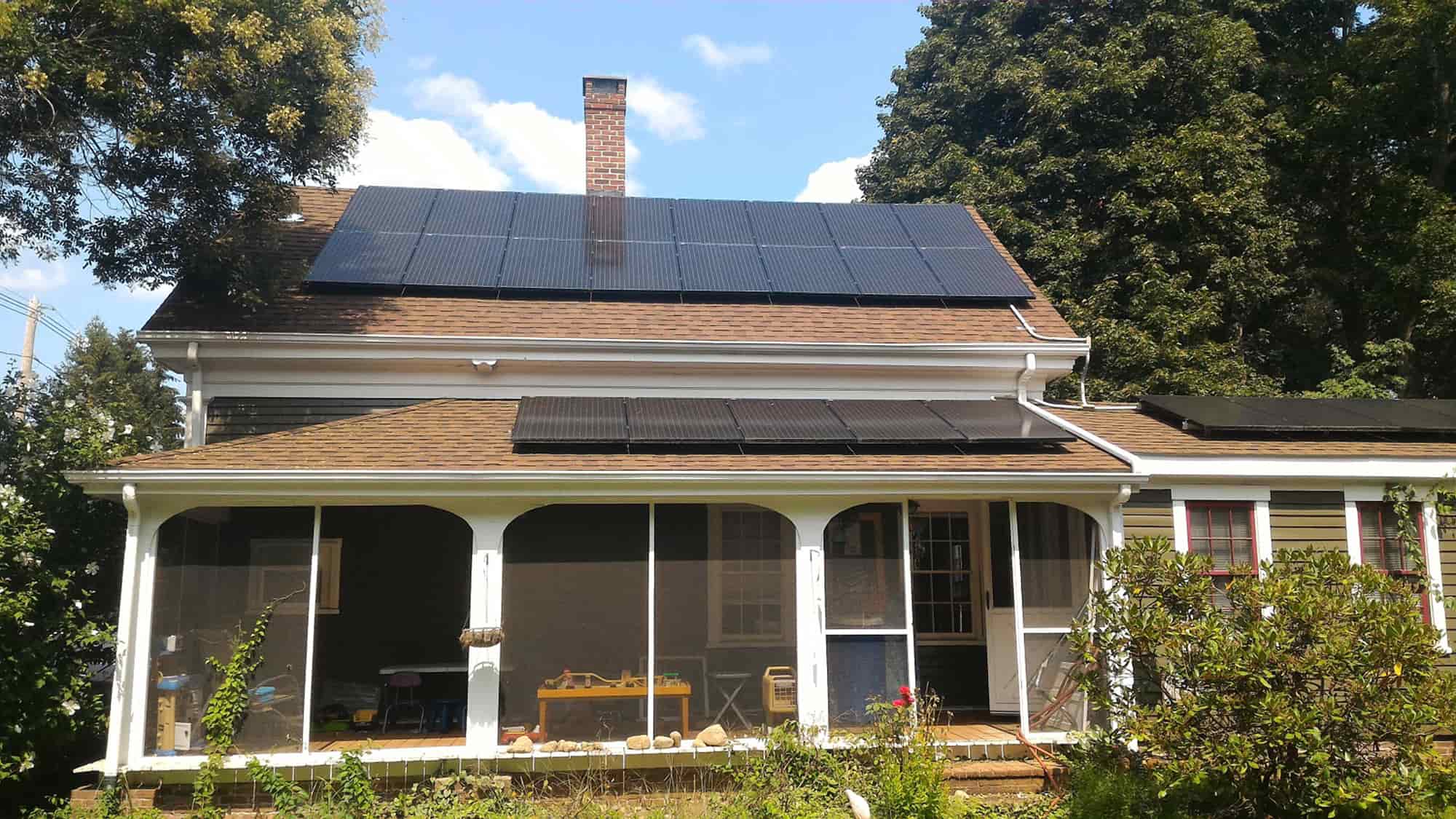
Production Ratio
The production ratio accounts for peak sunlight hours in your area, which impacts solar output. This ratio is around 1.6 in sunny Southwest regions but lower at 1.2-1.3 in cloudier Northeast climates, meaning more panels are needed in those areas.
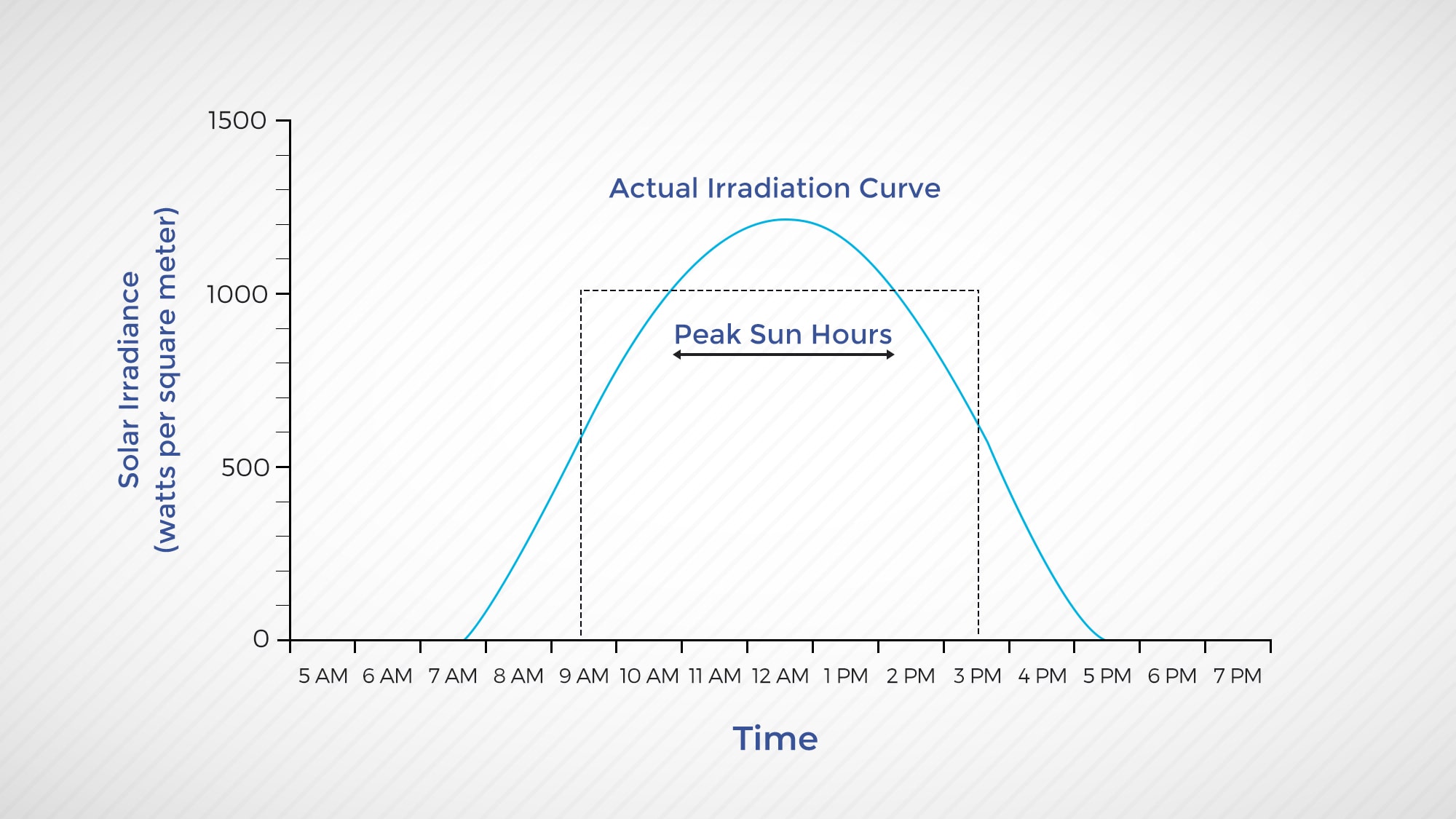
Geographical Location and Climate
Consistently sunny locales like Hawaii require fewer solar panels versus areas with limited sunlight due to cloudiness or seasonal variations like the Northeast U.S. Solar exposure directly affects energy production capabilities.
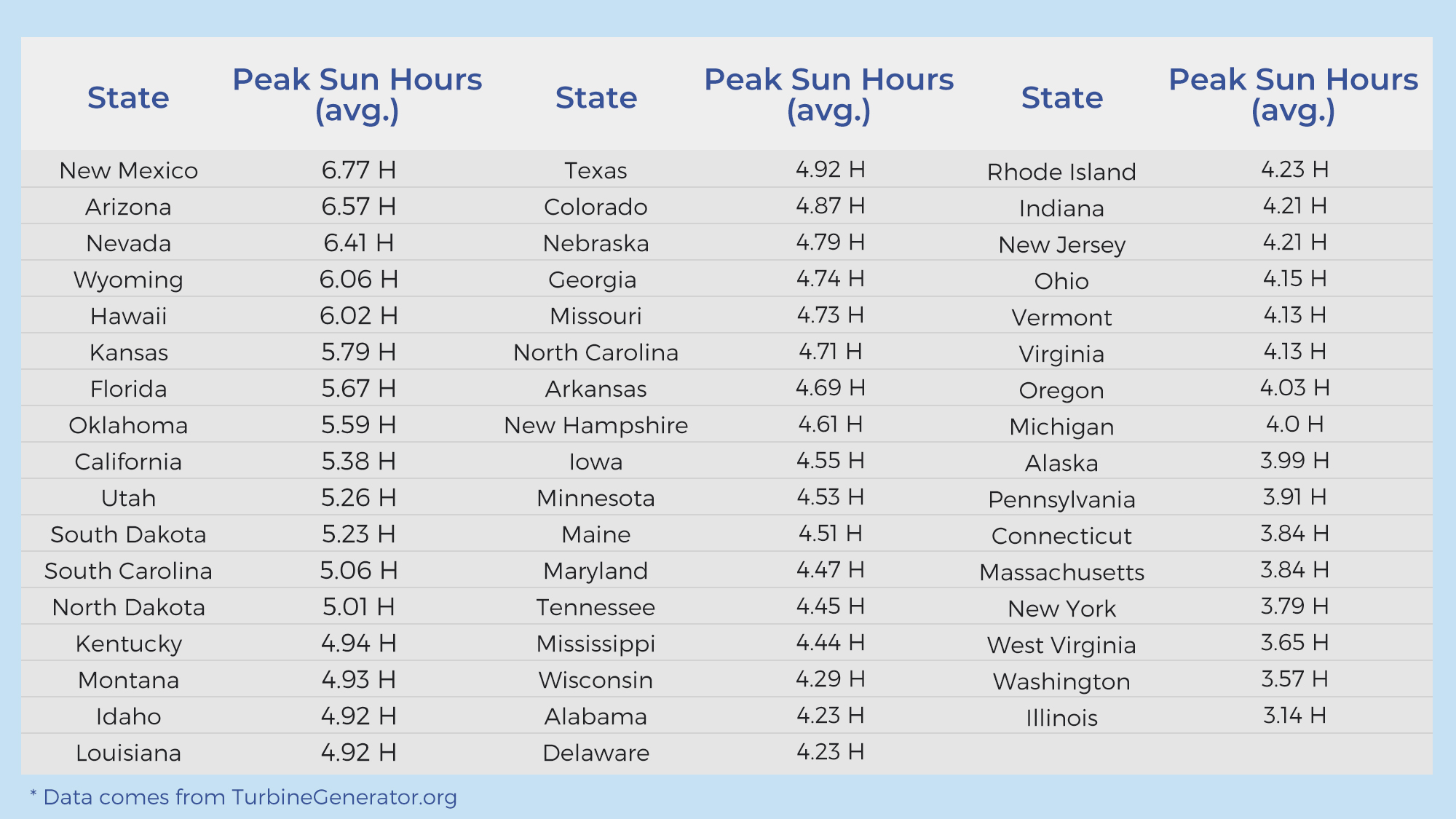
Roof Orientation and Shading
For optimal solar energy generation, solar panels should face due south in the Northern Hemisphere. Any shading from trees, buildings or other obstructions reduces solar exposure and output, potentially increasing your required panel count.
Budget Considerations
While solar provides long-term energy savings, the upfront costs for equipment and professional installation can average around $16,000. Bigger budgets allow for more solar panels and greater energy production.
By carefully evaluating household energy usage patterns, local climate conditions, roof specifics and budget constraints, solar installers can accurately determine the ideal number and type of solar panels for your home's renewable power needs.
How Many Watts Do You Currently Use?
Determining your current household energy usage in watts is essential for properly sizing a solar panel system to meet your power needs. Your utility bills provide the key information needed to calculate your average watt consumption. Look for the "Kilowatt-Hours (kWh) Used" entry, which typically represents monthly or annual usage. If this isn't listed, note the current and previous meter readings, then subtract to find your kWh usage over that period.
With your kWh usage data, divide by the number of days in the billing cycle, usually 30 days for monthly bills. This gives you your average daily kWh usage. As a benchmark, the average U.S. home consumes around 30 kWh per day or 1.25 kWh per hour. To convert kilowatt-hours to watts, simply multiply by 1000, since 1 kWh equals 1000 watts.
It's recommended to add a 25% buffer to your watt calculations. This accounts for potential dips in solar panel efficiency from weather conditions, ensuring your system can reliably generate enough power to cover your needs.
For example, if your monthly electricity usage is 900 kWh:
900 kWh / 30 days = 30 kWh per day
30 kWh x 1000 = 30,000 watts per day
With a 25% buffer: 30,000 watts x 1.25 = 37,500 watts per day
Knowing your current average daily watt consumption allows solar companies to determine the appropriate number and type of solar panels required for your home. It's also helpful to understand key drivers of electricity usage, such as cooling and heating needs based on your climate. This insight can guide potential energy-saving measures to reduce wasteful consumption before going solar, lowering your system size and costs.
How Many Solar Panels Are Installed on Average?
On average, the number of solar panels installed on a residential property varies, typically ranging from 20 to 25 panels. This estimate is based on a standard panel size of around 300 to 350 watts. A typical household in the United States consumes about 10,400 kWh of electricity annually. To meet this demand, a solar system of approximately 6 to 7 kW is needed, translating to 20-25 panels, depending on the panel efficiency and sunlight availability in the location. Larger systems may be required for higher energy consumption or to cover more significant portions of energy needs. Technological advancements and decreasing costs of solar panels have made solar energy more accessible, leading to increased adoption. Factors such as roof size, orientation, and shading also play crucial roles in determining the exact number of panels needed for optimal performance and energy savings.
Conclusion
So, how much solar power do i need exactly? Follow the guidelines above and you'll get an answer that will help you determine how many solar panels should be installed to meet your electricity needs, whether it's at home or out on the open road!
For your home we do recommend asking a professional expert to assess your roof architecture, angle to the sun, usable space, and other factors, to see how best you can install sufficient solar panels on your roof to reach your daily energy production goals. Then contact certified solar installers for installation.
For off-grid RV living, our Renogy Super Solar Calculator, is the best tool to help you determine what size system will best fit your needs, including the number of solar panels, batteries, charge controller, and inverter. A custom wiring diagram can be created automatically based on your power needs.
FAQs
1. How Many Solar Panels Do I Need to Power My House?
To power your house, calculate your annual energy consumption in kWh, divide it by the average peak sunlight hours in your area, and then divide by the wattage of the panels you plan to use. Typically, an average U.S. home requires around 20-30 panels, depending on energy usage and panel efficiency.
2. How Many Solar Panels Do I Need for a 2,000-Square-Foot Home?
For a 2,000-square-foot home, the number of panels needed depends on your energy consumption. On average, such homes use about 10,000-12,000 kWh annually. Using 300-watt panels and average sunlight, you'd need approximately 25-30 panels.
3. How Much Do Solar Panels Cost?
Solar panel costs vary by location, system size, and incentives. On average, U.S. solar installations cost between $15,000 and $25,000 before tax credits. Prices typically range from $2.50 to $3.50 per watt, with potential savings from federal and state incentives reducing the final cost.
4. Is My Roof Suitable for Solar Panels?
A roof is suitable for solar panels if it receives ample sunlight, faces south, southwest, or southeast, and is in good condition. The roof angle and lack of shading from trees or buildings are also important. Consulting a solar professional can provide a detailed assessment.

